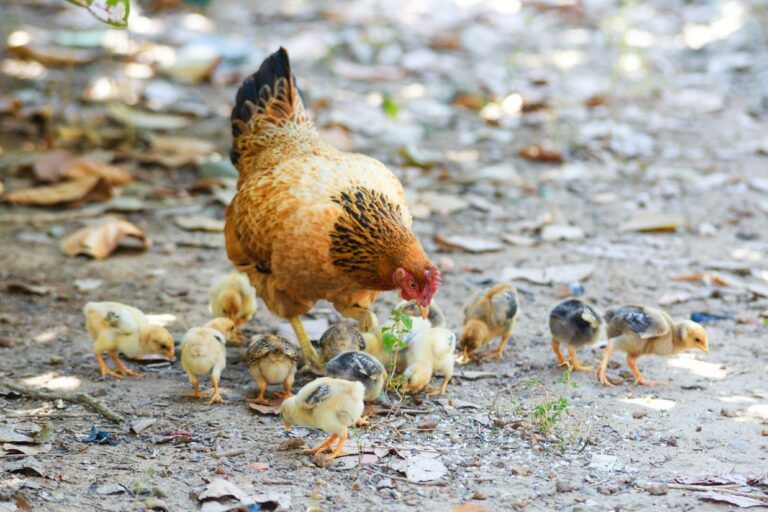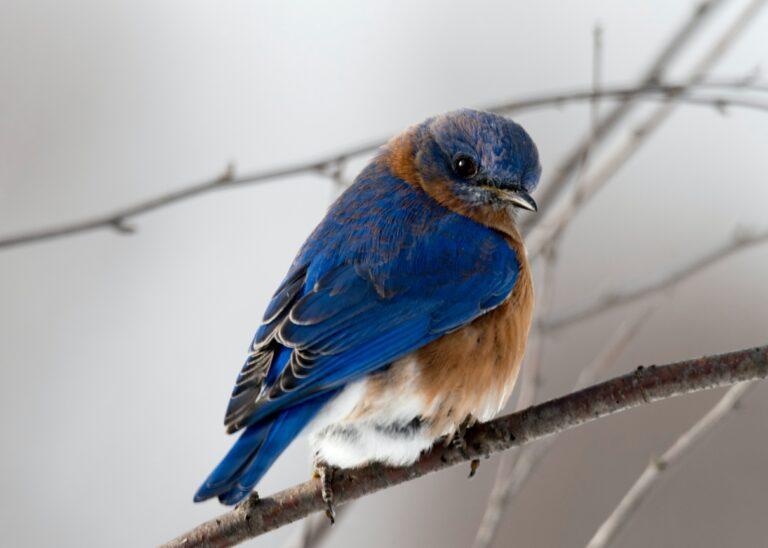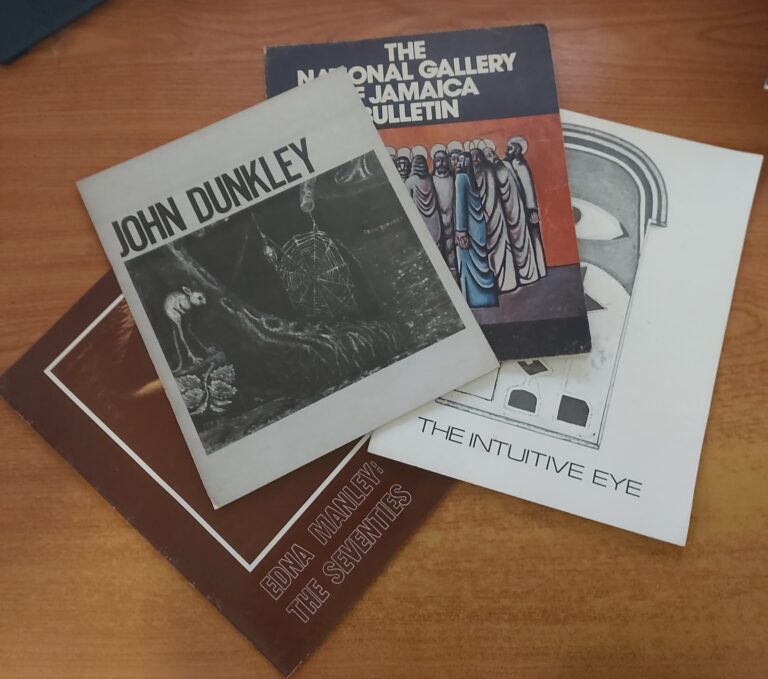A tale of two festivals
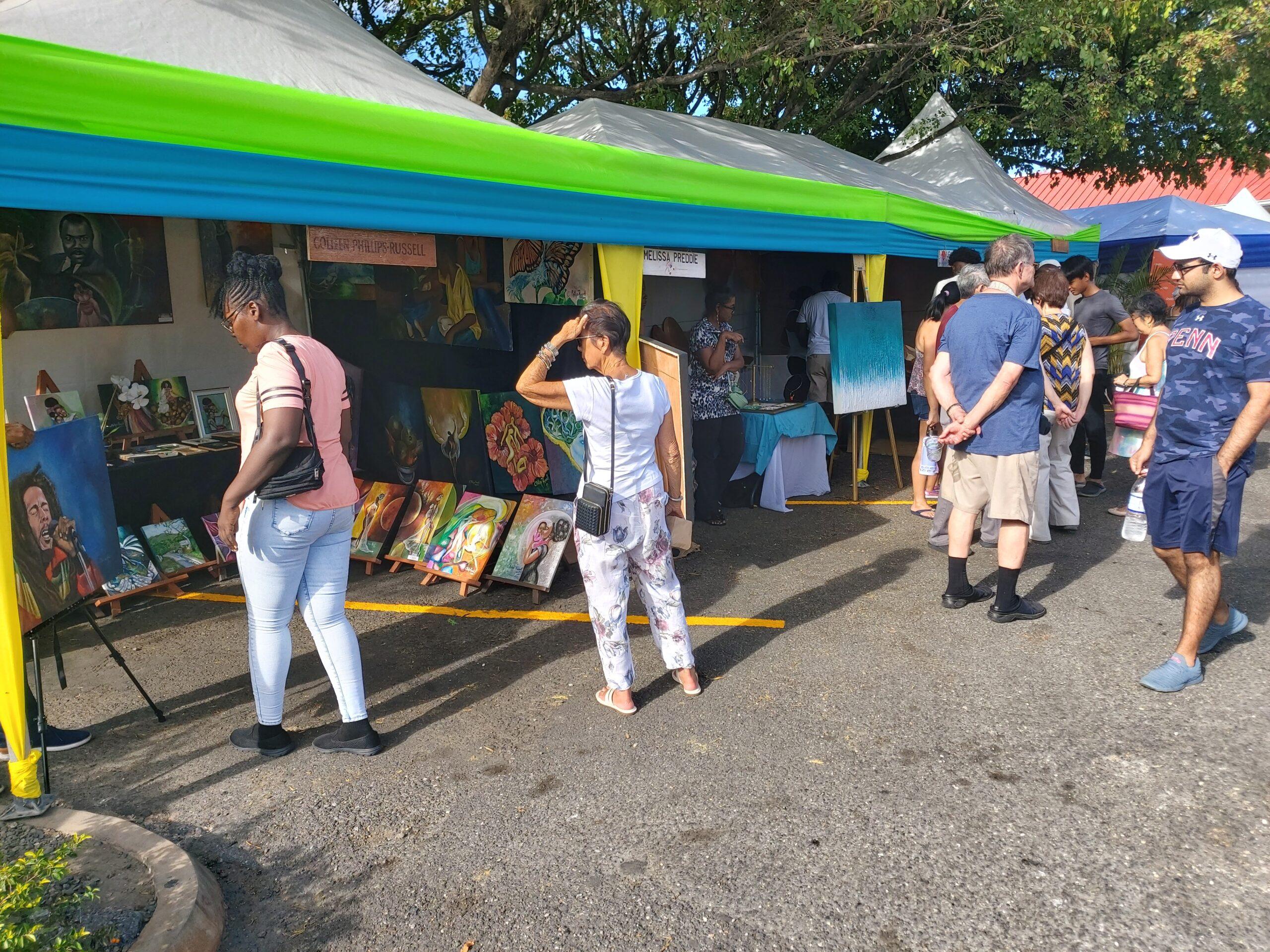
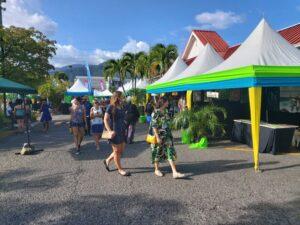
Two Sundays ago, I went to the Liguanea Art Festival which had returned after several years of absence. There was some anticipation, as this had always been a popular event on the local art calendar. I went mid-afternoon, and it was a somewhat listless affair, with a fair number of visitors but hardly a crowd. The oppressive heat may have contributed, although the organizers of the Liguanea Art Festival went to great lengths to provide some comfort, with large fans and water mist coolers placed in strategic locations throughout the site. Most of the artist-exhibitors with whom I spoke complained about slow sales, barely enough to recover expenses, and had obviously expected a more enthusiastic and supportive turnout. There was, subsequently, a report in the Gleaner in which the artists interviewed complained that people came to look, rather than to buy, and appealed for more vigorous art patronage. At the same time, however, visitors complained about the sameness and disappointing quality of many of the offerings, and the high prices.
There was a competing event with Kingston Creative’s Art Walk Festival downtown, which may also have contributed to the lukewarm turnout, as the available audience for such events is finite in Kingston. This is unfortunate, especially in the current environment where the art market is still recovering from the effects of the pandemic. If the two events absolutely had to take place on the same day, there could at least have been some collaboration, such as a shuttle bus between and shared or mutual promotion.
A few weeks earlier, and in striking contrast, the return of the Calabash Literary Festival after an equally long break was triumphant, with the highest level of attendance in its history, and a healthy mix of local residents and visitors and much-noted celebrity patronage (Angelina Jolie was in the audience); an exceptional social media footprint; and extensive and enthusiastic coverage in the local and international media. I went on the Saturday, and while it was also sweltering hot, and going there involved more than six hours of driving in a single day, it was well worth the effort. There is no doubt that Jamaica benefited immensely from the unpaid and very positive publicity it got from Calabash, which also drives home that there are other possibilities than those that are typically offered and experienced in Jamaican tourism.
The extraordinary location, on the ruggedly beautiful Treasure Beach coast, is a major factor in the appeal of Calabash, as is the sense that it is off the well-beaten track and soundly based in and supported by a community which obviously benefits from the event. That it is a free festival, in which the invited authors participate without fees, and which is, furthermore, free and open to the public, adds to its appeal. Despite benefiting from established funding sources, including tourism sector funding, there are no self-acclamatory “messages from the Minister,” no tedious speeches, and no intrusive branding from sponsors. Everybody is on their best behaviour and the focus is on delivering and enjoying the programme itself in a relaxed, open, and inviting environment.
Co-founder Colin Channer, who is no longer part of the organizing team today, once said that it was the vision not to frame and limit Calabash as “a tourist attraction, or an excursion for the upper middle classes from Kingston”. And while the latter have, inevitably, always been a part of the event’s core audience, it is strongly signalled that others are equally welcome. The programming is diverse and inclusive, and involves an inspired combination of discussions and readings by well-known local and international literary figures; music events and parties; and open mic sessions in which professional and amateur writers can participate. These open mic sessions could have been the marginalized “fillers” in the event, and the time for much-needed bathroom breaks, but they are often among the most enjoyable on the programme, in no small part because of Carolyn Cooper’s deft, gracious, and often humorous moderation. There are the inevitable “iron balloons” but also some real gems, and the presentations are received by a responsive and supportive audience.
That Calabash embraces diversity and inclusion but insists on high standards, thinks big but embraces the grassroots and the small-scale, and acts locally and globally at the same time, is all part of what makes it great. And this takes me back to the Liguanea Art Festival, as it appears that the original formula of that festival has, in contrast, outlived its useful life. Simply lamenting the lack of sales or blaming others will not help. Participating artists, for instance, need to consider whether what they present is worth buying, and furthermore offered at a fair and reasonable price. Walking around on June 25, I had to ask exactly how many tired old fishing village and river scenes, Marley portraits, and dribbled abstracts Jamaica really needs? A greater commitment to work that is well-made, original, and inventive would go a long way.
The Liguanea Art Festival has always been framed as primarily a sales event and has featured a fairly predictable cohort of artists who presumably have their own, established markets. While there is nothing wrong with that per se, this is also self-limiting and, ironically, even counterproductive to the event’s profit-making goals. It may be advisable, as many international art fairs have in fact done, to include curated exhibitions that are not focused on selling but what is worth seeing, and to add audience engagement events such as discussions and artist talks. There could even be an award for the best stall, which would make the event more competitive, and a culminating celebration, such as an artists’ ball. Reconsidering the timing, to a cooler part of the year and closer to Christmas may also help, as would night opening hours. The participants and organizers may well find that by making such adjustments, and generally by being more ambitious, innovative and imaginative with how the event is conceived, sales and economic returns will, in fact, improve. The Liguanea Art Festival holds its own important place in Jamaica’s cultural ecology, and I can only hope that its next edition will be fuelled by the sort of energy and expansive vision that so was abundantly present at Calabash.
Dr Veerle Poupeye is an art historian specialized in art from the Caribbean. She works as an independent curator, writer, researcher, and cultural consultant. The second, revised and expanded edition of her best-known book “Caribbean Art” was recently published in the World of Art series of Thames and Hudson. Her personal blog can be found at veerlepoupeye.com.

